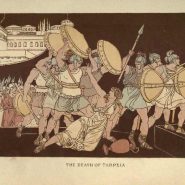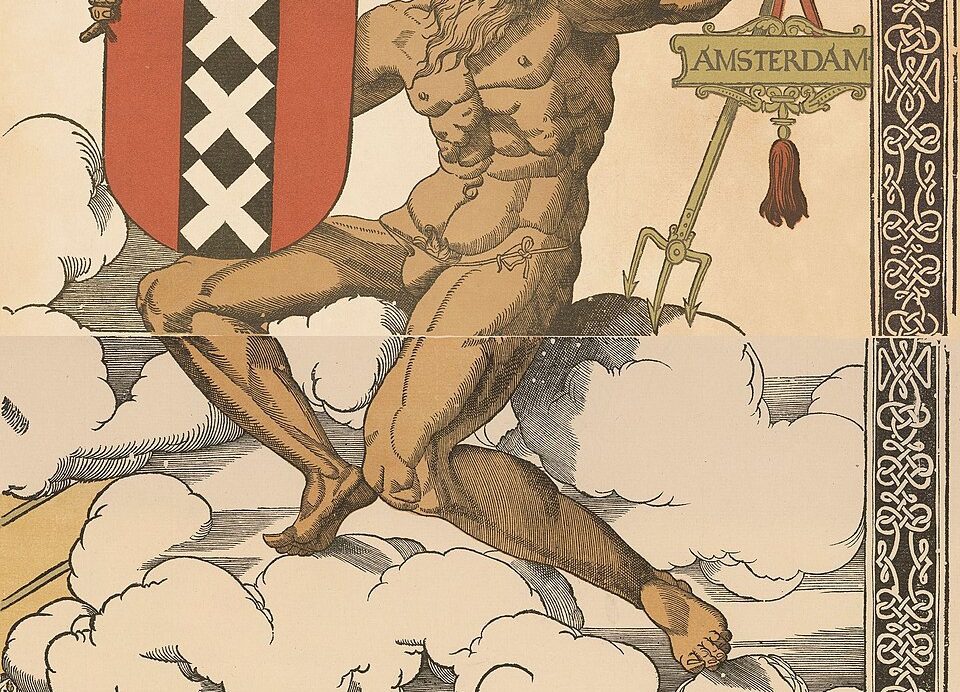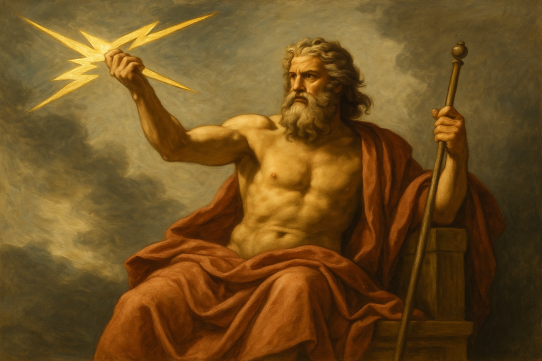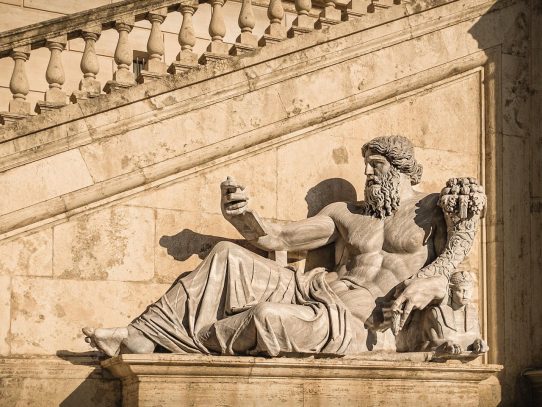The trident is among the most enduring symbols of Roman mythology — a three-pronged spear that embodies dominion over the oceans. Wielded by Neptune, the Roman god of the sea, the trident represents both the destructive and life-giving powers of water. More than a weapon, it is an emblem of command, a divine tool that shaped the mythology and imagination of an empire surrounded by the sea.
Origins of the Trident
The origins of the trident stretch deep into ancient myth and religious symbolism. The word itself derives from the Latin tridens or tridentis, meaning “three-toothed.” This configuration was not arbitrary. Across ancient cultures, threefold designs carried spiritual significance — representing balance, power, and completeness.
In early Mediterranean civilizations, the trident likely evolved from fishing spears used by sailors and fishermen. Over time, it took on sacred meaning as maritime peoples came to see the ocean as both a giver and taker of life. When Rome absorbed much of Greek religion, Neptune inherited his trident from Poseidon, his Greek counterpart. Yet the Roman interpretation emphasized order and imperial authority: Neptune’s trident was not merely a fisherman’s tool, but the scepter of a ruler who governed all aquatic realms.
Symbolism and Power
The trident’s three prongs carry multiple interpretations. Some saw them as representing the three forms of water — liquid, ice, and vapor — which Neptune controlled. Others believed they symbolized the three fundamental powers of the sea: creation, preservation, and destruction.
When Neptune struck the earth with his trident, springs would burst forth, and islands would rise from the depths. But with another strike, he could cause shipwrecks, storms, and floods. This duality — the capacity to sustain and to annihilate — made the trident a powerful symbol of nature’s volatility.
Artists often depicted Neptune brandishing his trident while riding a chariot drawn by sea horses or dolphins. The weapon glowed with divine energy, capable of calming storms or stirring them into fury. In Roman temples, it was common to find tridents carved into marble reliefs or painted in frescoes, signifying not only the god’s strength but also Rome’s mastery over the seas.
Myths Involving the Trident
Numerous myths showcase the trident’s might. In one tale, Neptune used it to split rocks and release streams of fresh water — a gesture of mercy to a parched land. In another, he struck the ground to create the first horse, symbolizing his dominion not only over the sea but over the raw energy of nature itself.
A recurring theme in these stories is the link between Neptune’s temper and the condition of the sea. When the god was angered, sailors feared his wrath manifest in storms and shipwrecks. When appeased, his trident was a symbol of calm seas and safe passage. Roman sailors often offered sacrifices to Neptune before voyages, invoking his favor through prayers and votive offerings cast into the waves.
The Trident in Art and Culture
Throughout Roman art, the trident became an icon of maritime strength and divine control. It appeared on mosaics, coins, and sculptures, often alongside dolphins and sea creatures. In Pompeii, frescoes depict Neptune standing tall with his trident, surrounded by flowing waves — a god who ruled from the deep but whose presence extended to every port and river.
During the Renaissance, artists like Gian Lorenzo Bernini revived Neptune’s image in dramatic sculpture. His Neptune and Triton (1620s) captures the god in mid-motion, his trident raised high as waves swirl around him. This imagery, rooted in classical mythology, continued to influence European maritime symbolism well into the modern age.
The trident also appeared in military and naval emblems, representing command over the sea. Even today, navies and maritime organizations worldwide adopt the trident as a symbol of strength, vigilance, and control over oceanic realms.
Legacy and Modern Interpretations
The trident’s legacy extends beyond mythology and art. In astrology and alchemy, Neptune’s trident became a glyph representing intuition, depth, and mystery — qualities associated with the sea and the subconscious. In literature and film, from The Little Mermaid to Aquaman, the trident remains a symbol of ultimate maritime power, a tool through which the sea’s will is made manifest.
In modern iconography, the trident often signifies unity between nature and authority. It bridges the ancient world’s reverence for the ocean with humanity’s ongoing fascination with its depths. Each appearance of the trident — whether on a flag, a statue, or a logo — recalls the ancient Roman belief that power over the sea is power over life itself.
Conclusion
The trident of Neptune stands as one of mythology’s most potent emblems: a divine instrument through which the god of the sea governed both chaos and harmony. It reminds us that the oceans, like the gods who ruled them, are forces beyond full human control. To wield the trident is to hold the balance of creation and destruction — a reminder of nature’s majesty and man’s enduring awe before it.








